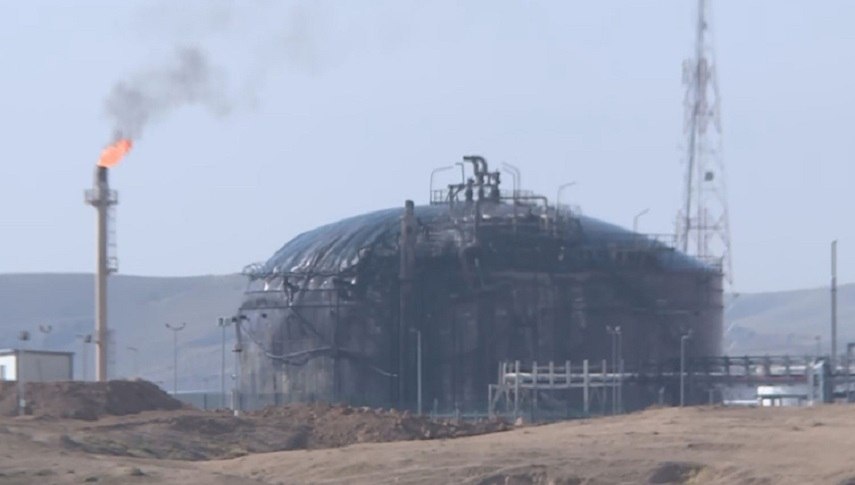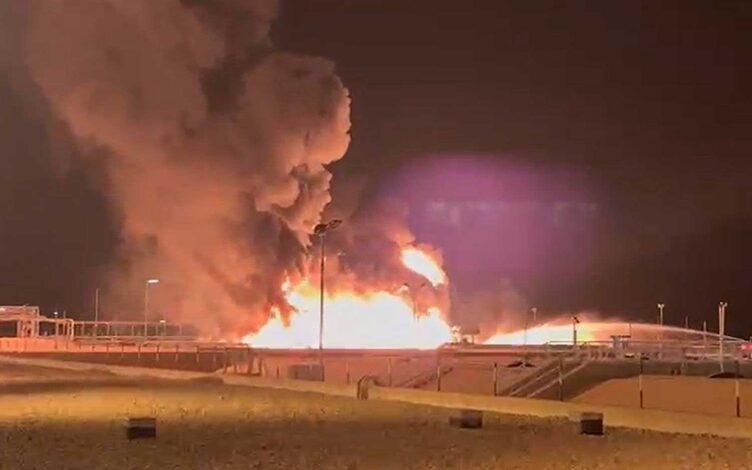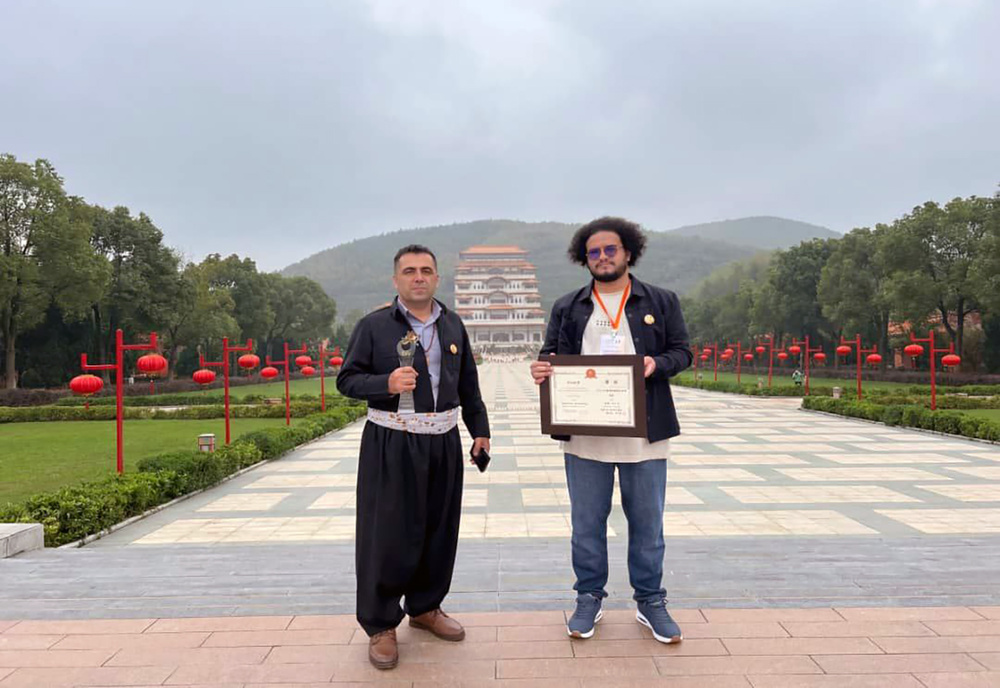The sixth parliamentary elections in the Kurdistan Region of Iraq will be held in three days, on October 20, 2024. In recent days, both ruling parties and opposition political groups have made significant efforts to attract undecided voters in the Kurdistan Region who are dissatisfied with the performance of past governments.
The Middle East Institute has analyzed the situation in these elections and their potential outcomes. In this analysis, the institute points out that the lack of credible polling institutions makes predicting the results difficult.
However, the institute has estimated that the combined forces of new and old opposition parties could potentially secure one-third of the votes in the Kurdistan Region.
Regarding the potential outcome of the elections for the two ruling parties, the Middle East Institute believes that the Kurdistan Democratic Party (KDP) will achieve better results than the Patriotic Union of Kurdistan (PUK), considering their better geographical position and the less active opposition in the areas under KDP control.
Highlighting the heated competition between the two ruling parties in this election campaign, which has overshadowed the electoral performance of opposition parties, the institute believes the competition will favor the PUK and KDP.
The institute emphasizes that, considering that neither of these parties might secure a majority in the elections, the only way to form a new cabinet will be to create a coalition government. However, this process will be time-consuming and challenging.
The Middle East Institute also suggests the possibility of some opposition parties joining the ranks of the leading parties to form a coalition government.
The institute identifies one of the most prominent features of these elections as low voter turnout, stemming from widespread dissatisfaction with the performance of both ruling and opposition parties. It highlights that the recent campaign efforts of both ruling and opposition parties have failed to encourage people to participate in the elections.

According to the Middle East Institute's assessment, neither the ruling nor opposition parties will be able to form a new cabinet in the Kurdistan Region on their own. This signifies a difficult path towards forming the next coalition government in the region.
News ID 159765






Your Comment